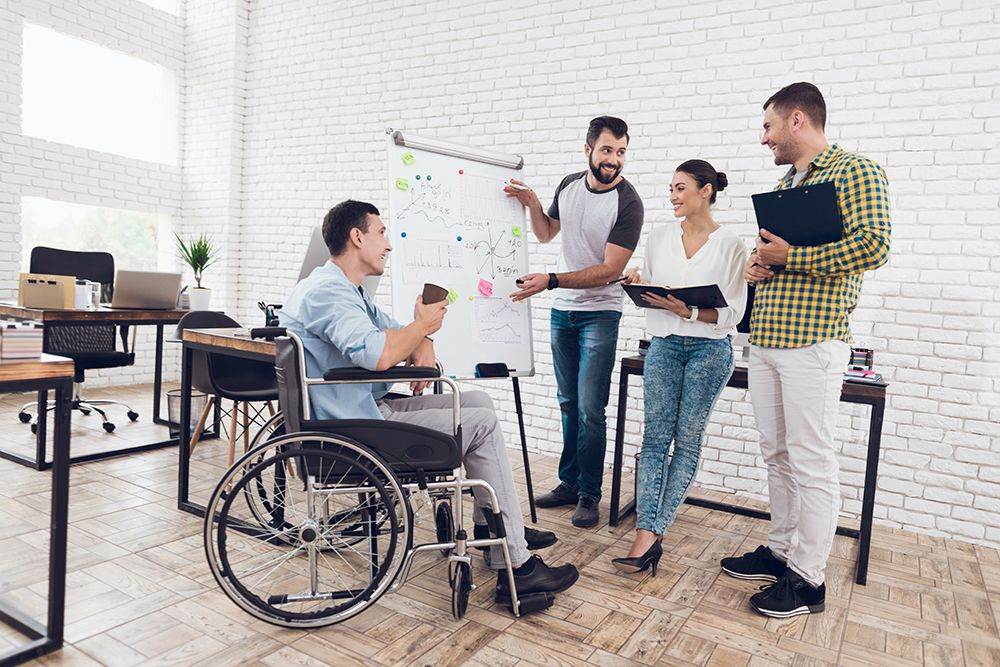
Reading Time: minutes
The Philippines is pushing for a more inclusive workforce in the country. To amend the Magna Carta for Persons with Disabilities, Senator Bam Aquino filed a bill to require government and private offices to employ more PWDs in office. Under the current law, companies with more than 100 employees are encouraged to allot one percent of posts for PWD workers.
PWD Employees and Jobseekers in the PH
However, the Philippines still have a long way to go to being inclusive—at least employment wise. Based on the 2010 data of Philippine Statistics Authority, about 1.4 million Filipinos, or 1.52 percent of the total population of that year are PWDs. Data shows that active job seekers living with disabilities are twice as likely to be unemployed than job seekers without a disability.
The Department of Trade and Industry, along with the Department of Labor and Employment developed many frameworks and programs to help in uplifting the rights of PWDs when it comes to job-seeking and employment.
Their right to be productive members of the labor force are protected under the Republic Act No. 10524 also known as Magna Carta for Disabled People and the Labor Code of the Philippines. These laws state that PWDs should be given an equal chance in finding a job and should be provided with proper assistance if they are employed.
According to Executive Director Presidential Human Rights Committee Severo Catura, there are a total of 1, 398 PWDs working in government offices in Metro Manila, 683 of them are male, while 715 are female.
Designing an Inclusive Workplace
Creating an accommodating, diverse workplace leads to many measurable benefits such as increased innovation, and even a general morale boost within the whole team. Designing an inclusive workplace is a crucial step towards advocating and employing qualified PWDs.
Bringing universal design to the office
Universal design for offices creates an environment that can be used in the widest possible range of situations without any need for adaptation. This could mean improved accessibility, larger screens, adjustable desks, and chairs, etc.
Common spaces are just as important as workstations to allow the social development of PWDs and their integration with their colleagues. Activity-based workspaces are also optimized for certain types of work like deeply focused solo tasks or collaborative brainstorming meetings.
Access to Proper Equipment
Creating an accommodating and inclusive workplace for PWDs also means giving access to proper equipment that will fully support employees with disabilities to perform at their full potential.
Assistive technology such as voice recognition software, ergonomic or color-coded keyboards, screen reader software, and even mobile apps designed to support specific disabilities.
Embedded in the Company Culture
Most importantly, embedding the company’s culture is the most important part of designing an inclusive workspace for PWDs. The policies and culture are as important as modifications to the physical space, and the upside goes far beyond compliance.
National Disability Awareness and Rehabilitation Week
Every third week of July, the Philippines celebrates the National Disability Prevention and Rehabilitation (NDPR) Week to make PWDs more productive, self-reliant, and empowered to participate as active citizens. According to the National Council on Disability Affairs, understanding the needs and capabilities of PWDs is essential in providing opportunities for them in the workspace.

